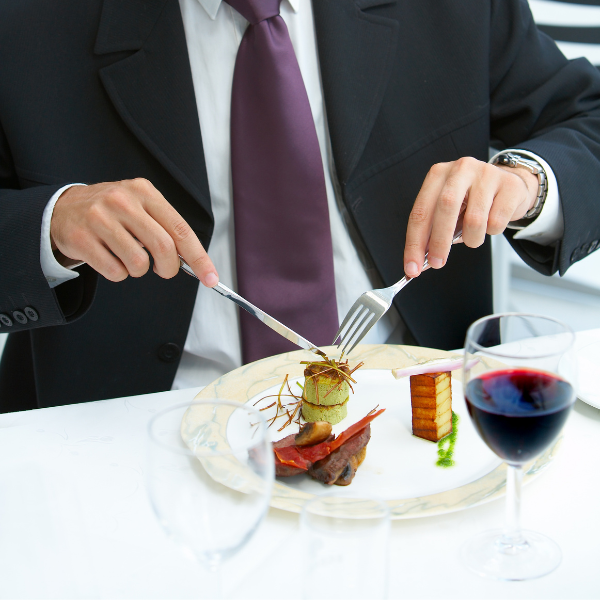In a shift that’s steadily becoming the new norm, more people are choosing to dine alone—and they’re doing it proudly. According to a report from Insight Trends World, solo dining is on the rise, with a growing number of consumers regularly eating meals by themselves. What once carried a social stigma is now becoming a statement of independence, self-care, and flexibility. For the restaurant and foodservice industry, this is not just a trend—it’s a wake-up call.

Solo Dining: From Taboo To Trend
For years, dining was synonymous with socializing. But changing lifestyles, shifting work patterns, urbanization, and even the evolution of personal wellness have all contributed to the normalization of eating alone. Add in the rise of remote work, irregular schedules, and a growing emphasis on personal space, and it’s easy to see why solo dining is no longer seen as lonely—it’s liberating.
As pointed out in Nick Esposito’s insightful piece on LinkedIn, 2025: The Year of the Solo Diner, this trend is not a blip. It’s a behavioral evolution. Restaurants that once catered primarily to groups and couples are now rethinking everything—from table layouts to menu design—to better serve the solo customer.
What This Means for the Restaurant & Foodservice Industry
1. Rethinking Space & Seating Design
2. Tech Integration & Personalization
3. Menu Adaptation
4. Atmosphere That Supports Me-Time
5. Marketing To The Independent Consumer
Not Just a Trend—A Business Opportunity
As Esposito puts it, "Those who adapt to this new wave of individualism in dining will not only survive—but thrive." Restaurants that understand the psychology behind solo dining can design experiences that feel personal, satisfying, and even empowering.
From fast-casual chains to upscale eateries, embracing this shift means not just accommodating the solo diner but celebrating them. It's about acknowledging that dining alone is no longer the backup plan—it’s often the first choice.
The solo dining trend is more than just a matter of logistics—it’s a cultural shift. For the foodservice industry, the challenge is clear: evolve or risk becoming irrelevant. But for those willing to reimagine the dining experience, the table is set for success—one seat at a time.






